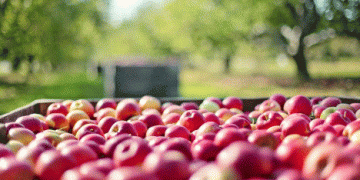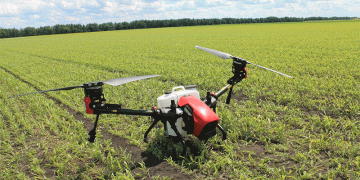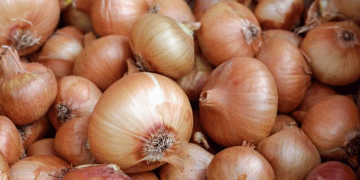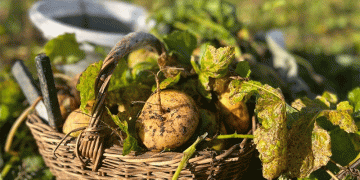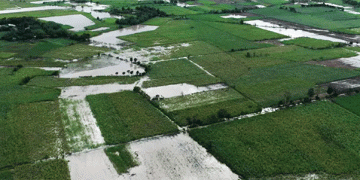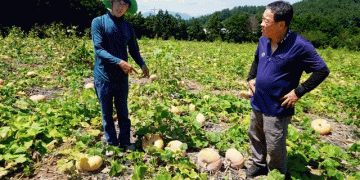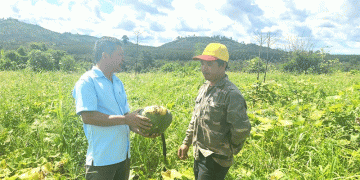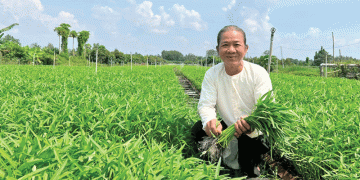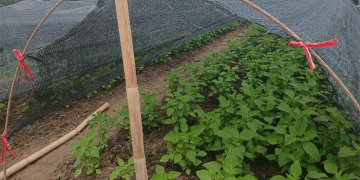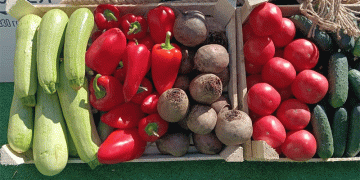The World Apple and Pear Association (WAPA) has released its 2025 forecast, projecting a 5.5% increase in apple production across the Southern Hemisphere, totaling approximately 4.75 million tons. In contrast, pear production is expected to decline by 3.3%, amounting to around 1.45 million tons. These projections are based on data from key producing countries, including Argentina, Australia, Brazil, Chile, New Zealand, and South Africa.
Regional Production Insights
- South Africa: Maintains its position as the leading apple producer with an anticipated output of 1.47 million tons, marking a 3.4% increase from the previous year.
- Brazil: Expects a significant surge in apple production, reaching 950,000 tons, a 14.2% rise.
- Chile: Projects a modest growth of 0.7%, totaling 920,000 tons.
- New Zealand: Foresees a 5.6% increase, producing approximately 544,949 tons.
- Argentina: Anticipates a 5.8% rise, with production reaching 537,000 tons.
- Australia: Expects a 5.5% increase, totaling 319,923 tons.
The Gala variety remains the most cultivated, with an expected production of 1.56 million tons, reflecting a 6.8% increase from 2024. Export volumes are also projected to rise by 5.3%, reaching 1.65 million tons, with South Africa and Chile leading in export growth.
European Market Trends
In contrast, the European Union anticipates an 11.3% decline in apple production for the 2024-2025 season, bringing the total to 10.2 million tons. This reduction is attributed to adverse weather conditions, including poor pollination and late frosts. Conversely, pear production in the EU is expected to see a slight recovery, increasing by 4.9% to 1.79 million tons.
The projected increase in Southern Hemisphere apple production offers a strategic opportunity for exporters to address potential supply gaps in the European market. However, producers must remain vigilant regarding global market dynamics, including fluctuating demand and logistical challenges, to capitalize effectively on these prospects.
